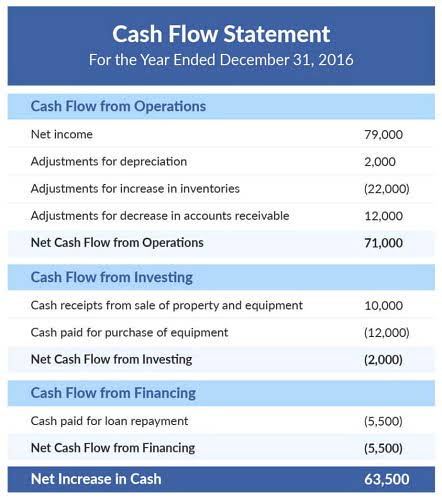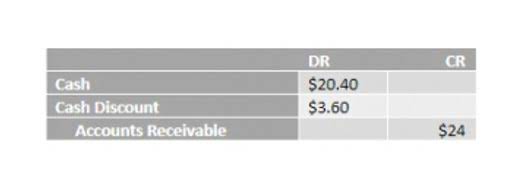Double Declining Balance Method for Depreciation With Examples

Understanding the pros and cons of the Double Declining Balance Method is vital for effective financial management and reporting. In this comprehensive guide, we will explore the Double Declining Balance Method, its formula, examples, applications, https://www.bookstime.com/ and its comparison with other depreciation methods. This method is an essential tool in the arsenal of financial professionals, enabling a more accurate reflection of an asset’s value over time in balance sheets and financial statements.
eCommerce Sales Tax Software: Top Solutions for Hassle-Free Tax Compliance

Every year you write off part of a depreciable asset using double declining balance, you subtract the amount you wrote off from the asset’s book value on your balance sheet. Starting off, your book value will be the cost of the asset—what you paid for the asset. (You can multiply it by 100 to see it as a percentage.) This is also called the straight line depreciation rate—the percentage of an asset you depreciate double declining balance method each year if you use the straight line method. For example, if an asset has a salvage value of $8000 and is valued in the books at $10,000 at the start of its last accounting year. In the final year, the asset will be further depreciated by $2000, ignoring the rate of depreciation. An exception to this rule is when an asset is disposed before its final year of its useful life, i.e. in one of its middle years.
What Is Fixed Asset Accounting? 4 Things You Need To Know
- This is greater than the $4,600 in depreciation expense annually under straight-line depreciation.
- The carrying value of an asset decreases more quickly in its earlier years under the straight line depreciation compared to the double-declining method.
- Through this example, we can see how the DDB method allocates a larger depreciation expense in the early years and gradually reduces it over the asset’s useful life.
- The DDB method contrasts sharply with the straight-line method, where the depreciation expense is evenly spread over the asset’s useful life.
- With the constant double depreciation rate and a successively lower depreciation base, charges calculated with this method continually drop.
- Vehicles fall under the five-year property class according to the Internal Revenue Service (IRS).
In this scenario, we can use the formula to calculate the depreciation expense for the first year. DDB is a specific form of declining balance depreciation that doubles the straight-line rate, accelerating expense recognition. Standard declining balance uses a fixed percentage, but not necessarily double.

What assets are DDB best used for?
The most basic type of depreciation is the straight line depreciation method. So, if an asset cost $1,000, you might write off $100 every year for 10 years. To calculate the depreciation expense for the first year, we need to apply the rate of depreciation (50%) to the cost of the asset ($2000) and multiply the answer with the time factor (3/12). Not all assets are purchased conveniently at the beginning of the accounting year, which can make the calculation of depreciation more complicated. Depending on different accounting rules, depreciation on assets that begins in the middle of a fiscal year can be treated differently. One method is called partial year depreciation, where depreciation is calculated exactly at when assets start service.
E-Commerce Innovations to Implement in Your Business Right Now
Instead of appearing as a sharp jump in the accounting books, this can be smoothed by expensing the asset over its useful life. Depreciation is the process by which you decrease the value of your assets over their useful life. The most commonly used method of depreciation is straight-line; it is the simplest to calculate. However, there are certain advantages to accelerated depreciation methods.

We’ll explore what the double declining balance method is, how to calculate it, and how it stacks up against the more traditional Straight Line Depreciation method. By the end of this guide, you’ll be equipped to make informed decisions about asset depreciation for your business. The double declining balance depreciation method shifts a company’s tax liability to later years when the bulk of the depreciation has been written off. The company will have less depreciation expense, resulting in a higher net income, and higher taxes paid. This method accelerates straight-line method by doubling the straight-line rate per year.
- Understanding the pros and cons of the Double Declining Balance Method is vital for effective financial management and reporting.
- You can connect with a licensed CPA or EA who can file your business tax returns.
- Our Financial Close Software is designed to create detailed month-end close plans with specific close tasks that can be assigned to various accounting professionals, reducing the month-end close time by 30%.
- It reflects the asset’s reduction in value due to wear and tear, obsolescence, or age.
- However, depreciation expense in the succeeding years declines because we multiply the DDB rate by the undepreciated basis, or book value, of the asset.
- One way of accelerating the depreciation expense is the double decline depreciation method.
- Multiply this rate by the asset’s book value at the beginning of each year to find that year’s depreciation expense.
Accounting made for beginners
Straight-Line Depreciation Method
- This article is a must-read for anyone looking to understand and effectively apply the DDB method.
- Double declining balance depreciation allows for higher depreciation expenses in early years and lower expenses as an asset nears the end of its life.
- This is preferable for businesses that may not be profitable yet and, therefore, may be unable to capitalize on greater depreciation write-offs or businesses that turn equipment assets over quickly.
- This is done by subtracting the salvage value from the purchase cost of the asset, then dividing it by the useful life of the asset.
- In a straight-line depreciation method, the asset will be depreciated uniformly over 10 years at 10%.
- For example, companies may use DDB for their fleet of vehicles or for high-tech manufacturing equipment, reflecting the rapid loss of value in these assets.
- However, accelerated depreciation does not mean that the depreciation expense will also be higher.
Step 3: Compute the Ending Book Value
- Therefore, under the double declining balance method the $100,000 of book value will be multiplied by 20% and will result in $20,000 of depreciation for Year 1.
- It was first enacted and authorized under the Internal Revenue Code in 1954, and it was a major change from existing policy.
- Use a depreciation factor of two when doing calculations for double declining balance depreciation.
- Next, divide the annual depreciation expense (from Step 1) by the purchase cost of the asset to find the straight line depreciation rate.
- Depending on different accounting rules, depreciation on assets that begins in the middle of a fiscal year can be treated differently.
